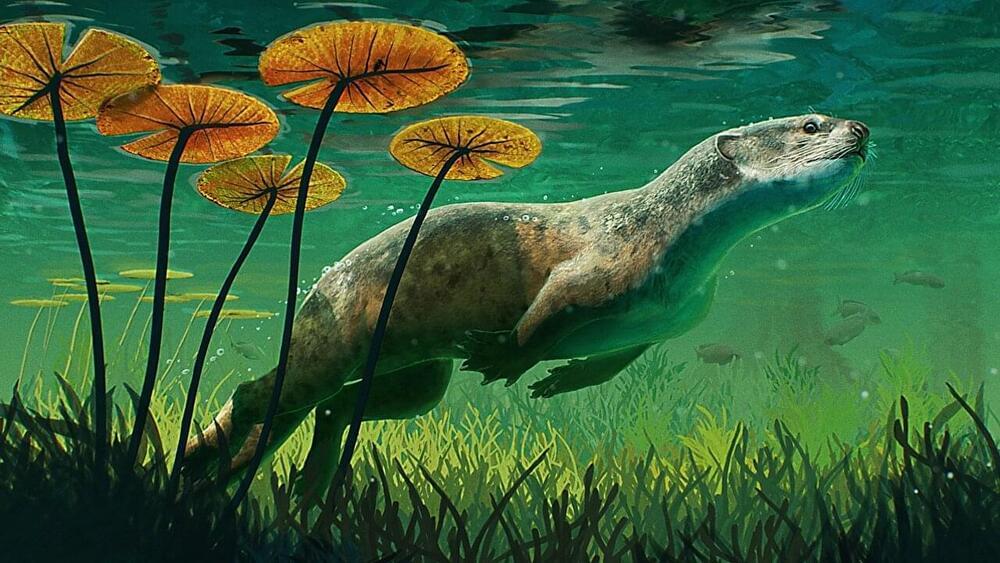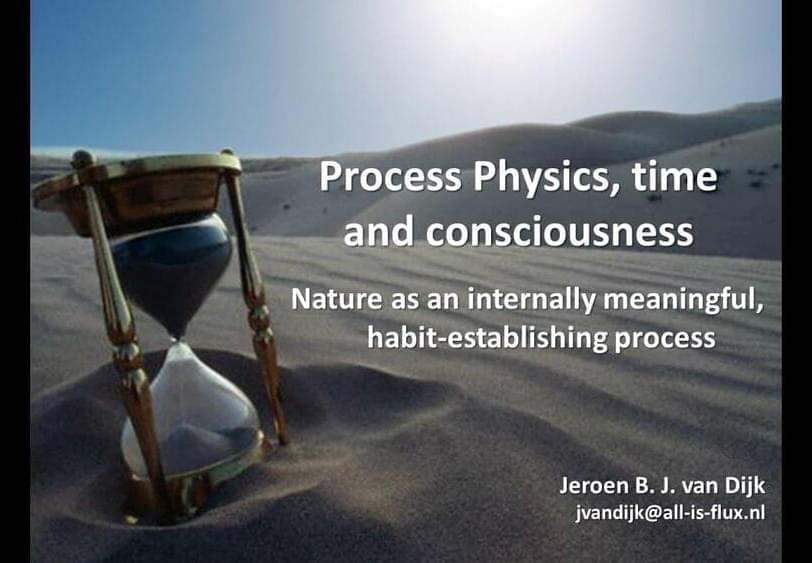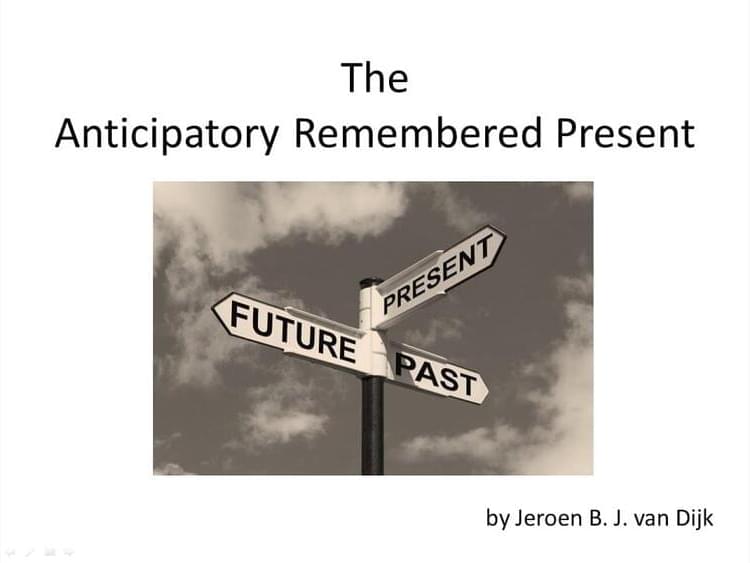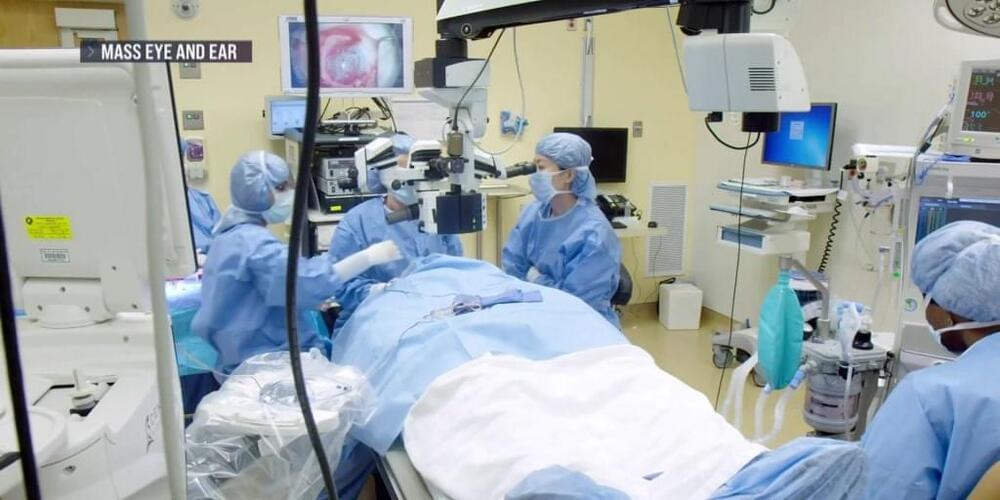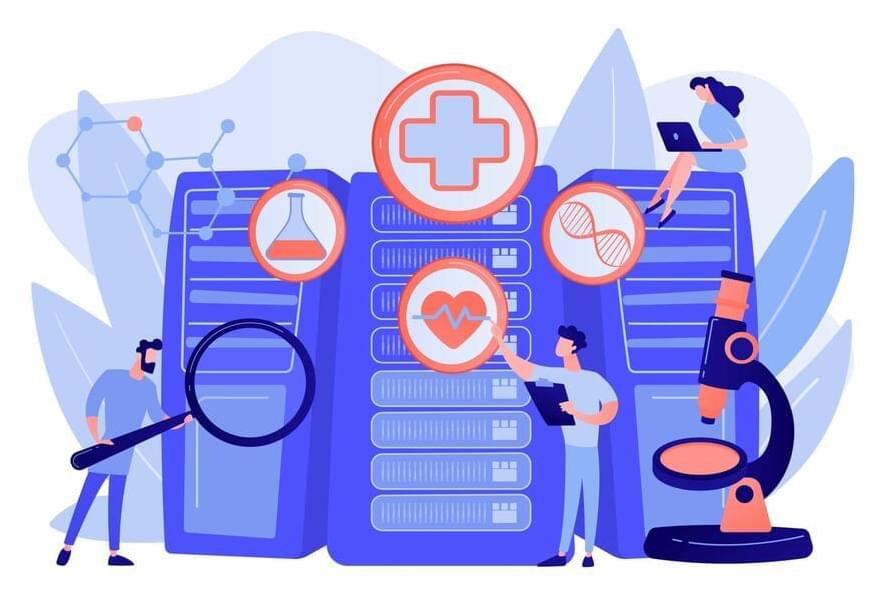Aug 19, 2023
Microsoft plans AI service with Databricks that could hurt OpenAI- The Information
Posted by Shubham Ghosh Roy in categories: business, robotics/AI
(Reuters) – Microsoft is planning to start selling a new version of Databricks software that helps customers make AI apps for their businesses, The Information reported on Thursday, citing people with direct knowledge of the plan.
Databricks – a data analytics platform that uses artificial intelligence, which Microsoft would sell through its Azure cloud-server unit – helps companies make AI models from scratch or repurpose open-source models as an alternative to licensing OpenAI’s proprietary ones, the report added.
Microsoft and Databricks did not immediately respond to a Reuters request for comment.

